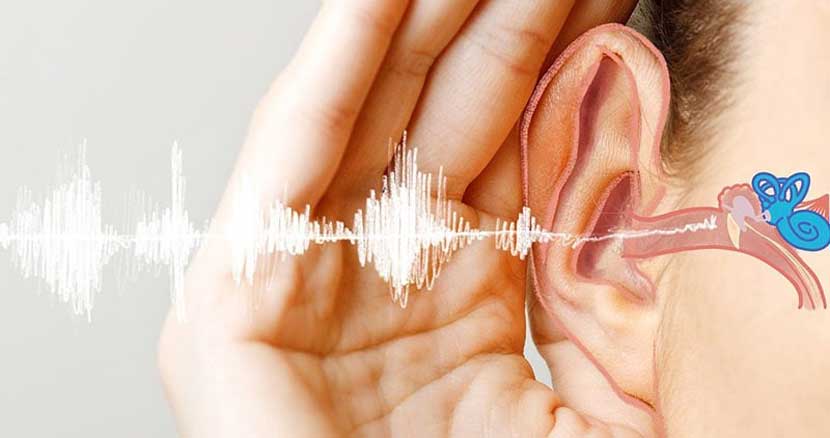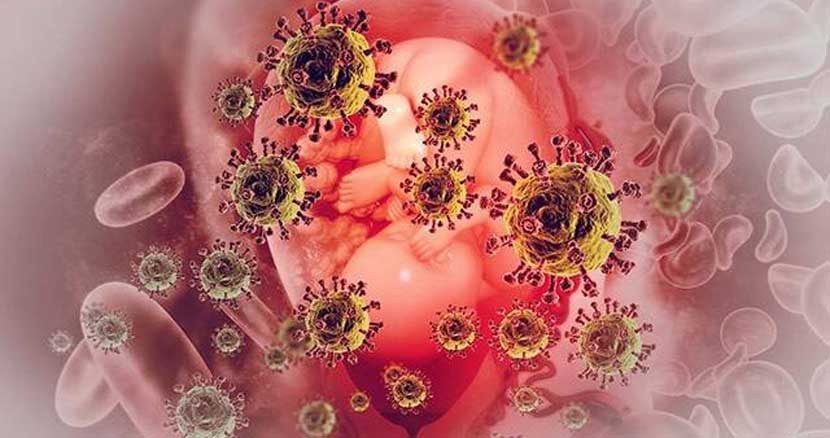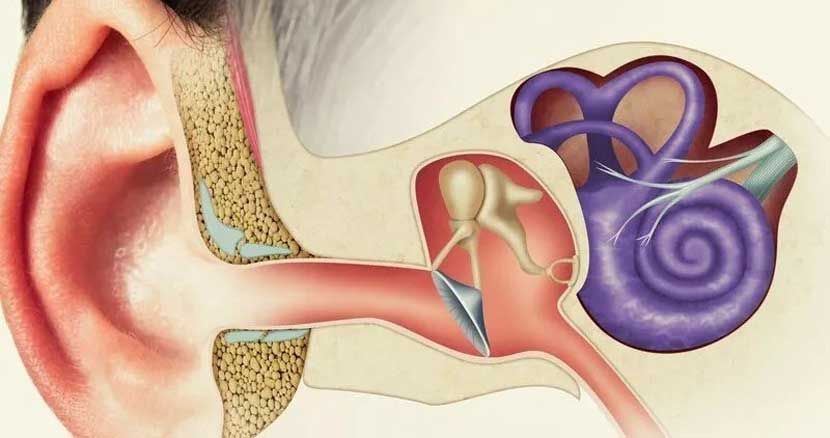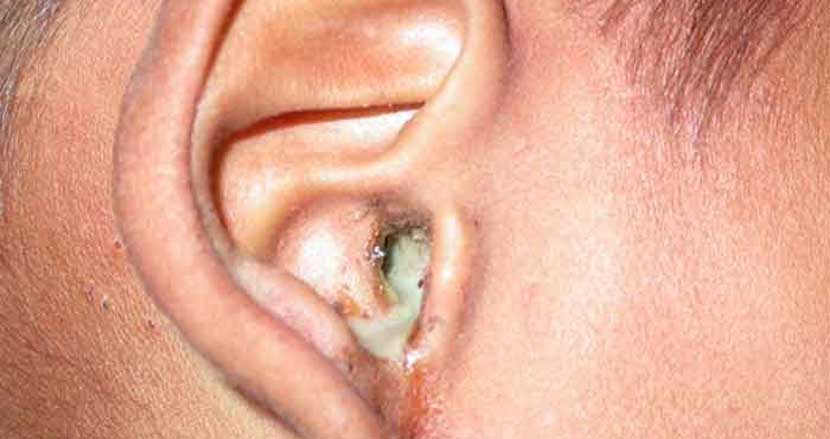- 1 May, 2023
- manager
- Comment: 0
- medical content, medical content
Deafness and hearing loss:
It is estimated that by 2050 over 700 million people – or 1 in every 10 people – will have disabling hearing loss

Deafness and hearing loss:
A person who is not able to hear as well as someone with normal hearing – hearing thresholds of 20 dB or better in both ears – is said to have hearing loss. Hearing loss may be mild, moderate, severe, or profound. It can affect one ear or both ears and leads to difficulty in hearing conversational speech or loud sounds.
Hard of hearing’ refers to people with hearing loss ranging from mild to severe. People who are hard of hearing usually communicate through spoken language and can benefit from hearing aids, cochlear implants, and other assistive devices as well as captioning.

‘Deaf’ people mostly have profound hearing loss, which implies very little or no hearing. They often use sign language for communication
Causes of hearing loss and deafness:
These factors can occur at different times during life, including:
- genetic factors including hereditary and non-hereditary hearing loss
- intrauterine infections – such as rubella and cytomegalovirus infection.
- birth asphyxia (a lack of oxygen at the time of birth
- hyperbilirubinemia (severe jaundice in the neonatal period)
- low-birth weight
- chronic ear infections (chronic suppurative otitis media)
- collection of fluid in the ear (chronic nonsuppurative otitis media)
- meningitis and other infections.
- chronic diseases
- smoking
- otosclerosis
- age-related sensorineural degeneration
- sudden sensorineural hearing loss.
- cerumen impaction (impacted ear wax)
- trauma to the ear or head
- loud noise/loud sounds
- ototoxic medicines
- work related ototoxic chemicals
- nutritional deficiencies
- viral infections and other ear conditions
- delayed onset or progressive genetic hearing loss
Prevention :
Many of the causes that lead to hearing loss can be avoided through public health strategies and clinical interventions implemented across the life course.
Prevention of hearing loss is essential throughout the life course, from prenatal and perinatal periods to older age. In children, nearly 60% of hearing loss is due to avoidable causes that can be prevented through implementation of public health measures. Likewise, most common causes of hearing loss in adults, such as exposure to loud sounds and ototoxic medicines, are preventable.
Effective strategies for reducing hearing loss at different stages of the life course include:
- immunization;
- good maternal and childcare practices;
- genetic counselling;
- identification and management of common ear conditions;
- occupational hearing conservation programmes for noise and chemical exposure;
- safe listening strategies for the reduction of exposure to loud sounds in recreational settings; and
- rational use of medicines to prevent ototoxic hearing loss.

Identification and management:
Early identification of hearing loss and ear diseases is key to effective management.
This requires systematic screening for detection of hearing loss and related ear diseases in those who are most at risk. This includes:
- newborn babies and infants
- pre-school and school-age children
- people exposed to noise or chemicals at work
- people receiving ototoxic medicines
- older adults.

Measures available to rehabilitate people with hearing loss include:
the use of hearing technologie s, such as hearing aids, cochlear implants and middle ear implants
the use of sign language and other means of sensory substitution.
The use of hearing assistive technology, and services such as frequency modulation and loop systems, alerting devices, telecommunication devices, captioning services and sign language interpretation, can further improve access to communication and education for people with hearing loss.
the use of hearing technologies, such as hearing aids, cochlear implants and middle ear implants.

reference: who.int






